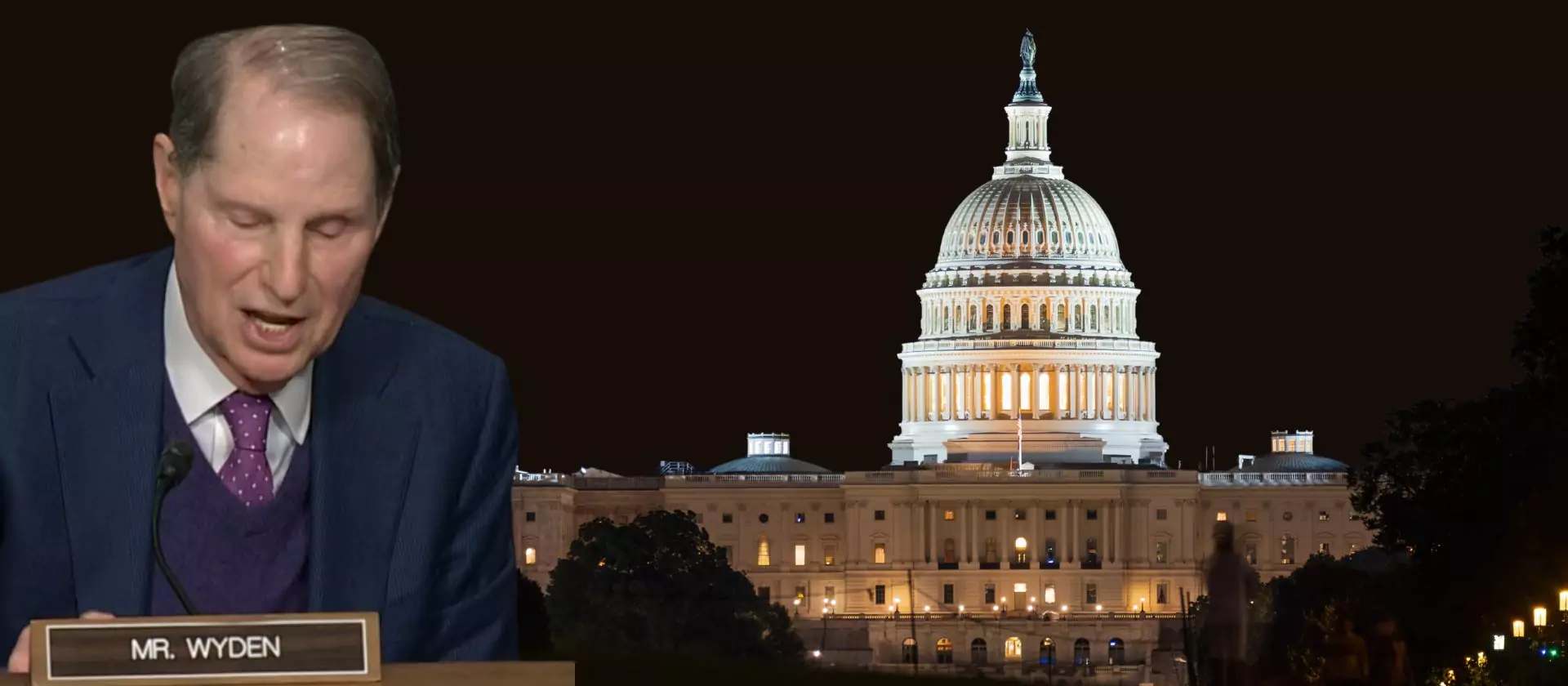A study released this week by the U.S. Department of Agriculture (USDA) found that over 110,000 of the 328,000 Oregonians eligible for food stamps in September, 1997, were not receiving them. The study, the most up-to-date estimate of food stamp participation rates in the states, found that just 66 percent of eligible Oregonians were receiving food stamps after the onslaught of welfare reform.
“This study highlights the importance of aggressive food stamp outreach, particularly given Oregon’s high hunger rate,” said Michael Leachman, a policy analyst at the Oregon Center for Public Policy. According to a USDA study released last year, Oregon had the highest percentage of households experiencing hunger of any state in the nation in the late 1990s.
The new USDA report shows dramatic differences by state in food stamp participation. Participation rates ranged from a low of 45 percent of those eligible in Nevada to a high of 92 percent in West Virginia. The report covers September 1994 to September 1997. During that period, food stamp participation nationally declined from 71 percent to 62 percent of those eligible. In Oregon food stamp participation declined from 72 percent to 66 percent of those eligible.
In August, the state Interagency Coordinating Council on Hunger (ICCH) emphasized in a letter to the Governor the importance of an extensive food stamp outreach program. The ICCH recommended that Oregon establish a goal of reaching 80 percent of all Oregonians eligible for food stamps. The ICCH is a committee of state agencies charged with recommending policy changes to address hunger in Oregon.
“Thanks to this new study, we have the information we need to judge the State’s progress in improving its food stamp outreach efforts,” said Moureen Rosera of Oregon Action, a grass-roots organizing group that has pressed for clear outreach goals.
Leachman added that, “based on the 1997 numbers reported in this USDA study, the state welfare agency would have to add 46,000 eligible Oregonians to the food stamp caseload to meet the 80 percent goal they established with the ICCH.”
From July 1996 to July 1999, the number of people receiving food stamp benefits fell 22 percent, from 283,516 to 220,111. The number is up slightly this year, to 233,057.
The study was conducted for the USDA by Mathematica Policy Research, Inc., a national, nonpartisan research organization. The report, Reaching Those in Need: Participation Rates in the States,” is available on the USDA website.








